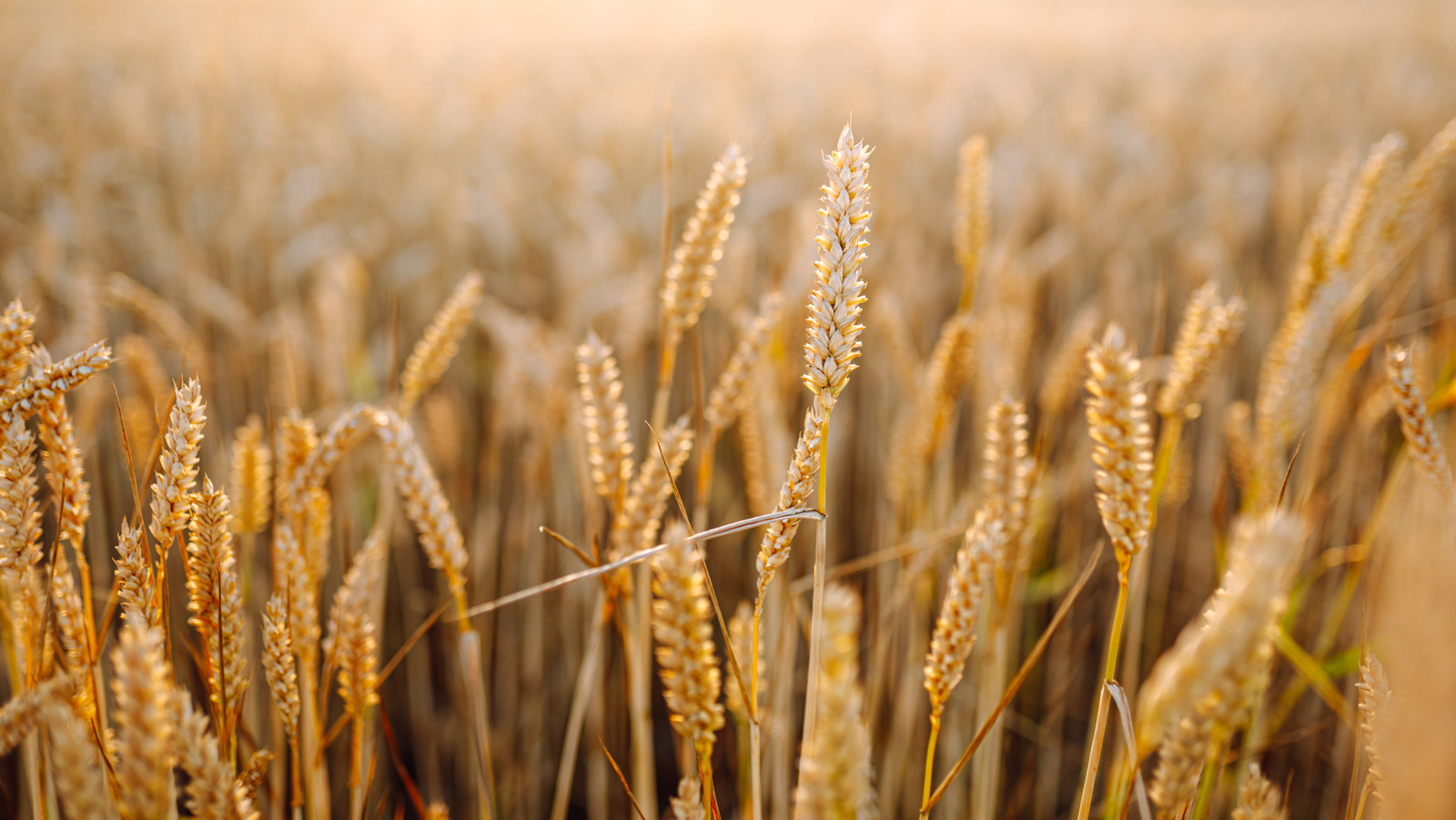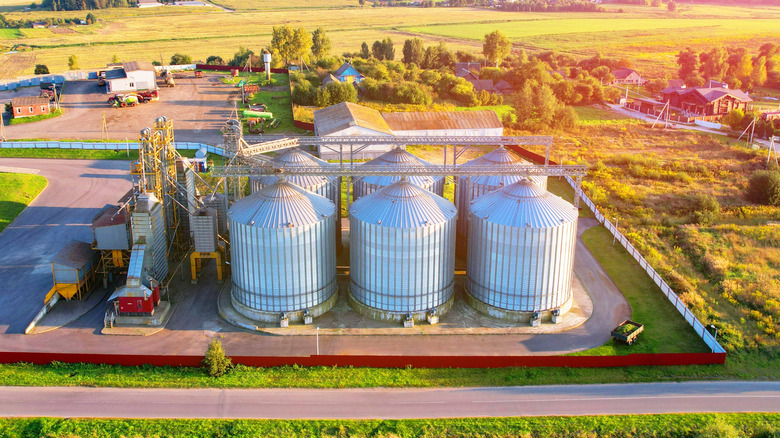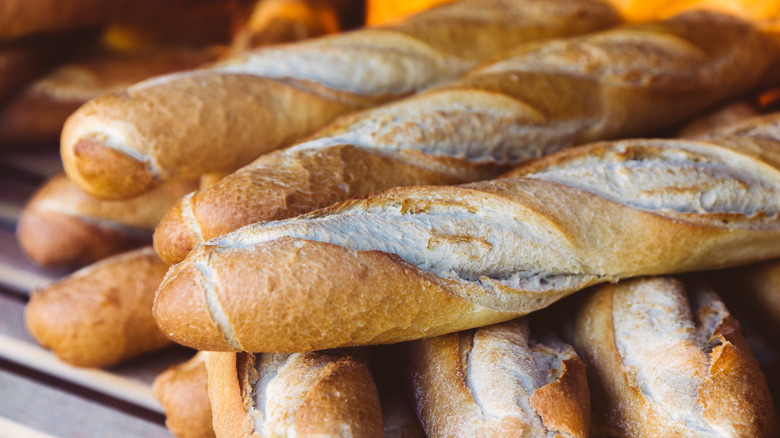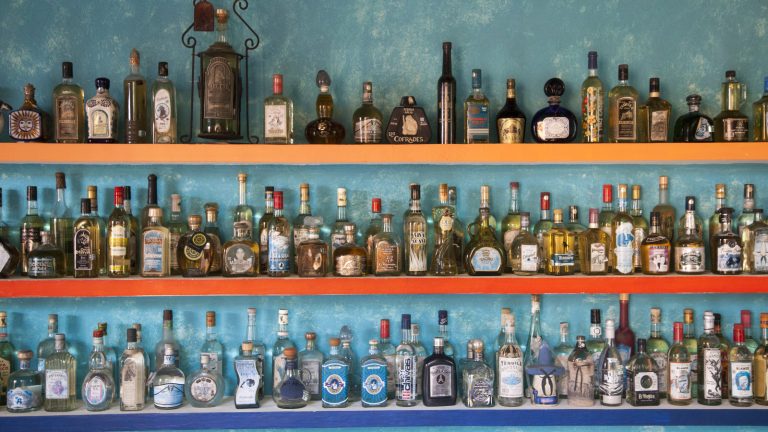If you’ve ever used all-purpose flour to bake a cake or loaf of bread and ended up with a dense or chewy product, it might not have been the fault of not adhering to the recipe. It might have been the type of flour used. Did you use cake or bread flour? Maybe you tried recreating a French bread, but it lacked the right je ne sais quoi. Perhaps it’s time to try French flour.
With regard to pastries and breads, flour from France creates light and silky textures. A closer look at the types of wheat used between the US and France offers an explanation, along with how flour is manufactured in the two countries. In the US, flour is made with red or white wheat. Red is commonly used for all-purpose flours, and tends to be hard with higher protein content. French flours are made with soft white wheat with lower protein content and less gluten. Speaking of gluten…
Wheat grown in the US has been altered to have higher gluten content. No, farmers aren’t dumping extra gluten in the soil. Many of America’s wheat crops are cultivated in sulfur-deficient soil. The amount of sulfur regulates the gliadin protein found in wheat. Low percentages of sulfur produces more gliadin — or gluten — in the final product. Sulfur rich soil also acts as a fertilizer and a pesticide. Without adequate sulfur, man-made herbicides are used to get the job done.
Different milling standards
Another key difference between French and American flour is the milling process — a multi-step operation that turns wheat into flour. In the US, this procedure includes cleaning the wheat, tempering (adding water to soften the kernel portion or endosperm of the wheat), grinding the wheat (milling), sifting the bran from the kernel, a second milling, bleaching, quality testing, and packaging. The process is simpler and stricter in France: remove the chaff from the stalk of wheat, grind, sift, and repeat the grinding and sifting until the regulated consistency is achieved.
In America, flour is categorized based on its protein content — cake flour has 6 to 8%, pastry flour has 8 to 10%, all-purpose flour has 10 to 12%, and bread flour has 12 to 15%. Instead of protein content, the French use typing and ash content — the amount of whole grain left in the flour — for categorization. Cake or pastry flour is a Type 45, meaning it is perfect for pastries like croissants and brioche. This type can be easily found in stores.
French all-purpose flour has a higher ash content and is labeled Type 55. Bread flour, Type 65, also has higher protein content and is perfect for artisan and rustic breads. The flours with the most whole grain present have ash content ratings of Type 80, Type 110, and Type 150 (whole wheat flour). Classifying flour by protein content alone removes the exactness in texture found in French flours, which have a finer consistent texture.
Chemical processing vs natural processing
Another crucial difference between French and American flour is the use of chemicals. In the US, commercial flours are bleached or bromated. These additives preserve the product (longer shelf life), accelerate processing, and whiten it. In European countries, the use of bromate — linked to health hazards — is banned. Although bleaching is done for aesthetics, it also alters the taste of flour.
Neither bleaching or bromates are used in French flours. The result is a more natural-appearing product that has a softer texture and works best for many popular pastries. By allowing the flour to age naturally, nutrients and flavor are preserved.
Yes, there are a number of distinctions between French-produced and American-produced flour. These differences ultimately affect the flavor and texture of pastries and breads. However, it is possible only those who have experienced fluffy French baked goods will notice.







